41 diagram of a castle
Castle | Definition, History, Types, & Facts | Britannica castle, medieval stronghold, generally the residence of the king or lord of the territory in which it stands. Strongholds designed with the same functionality have been built throughout the world, including in Japan, India, and other countries. Parts of a Castle (Diagrams For Concentric and Motte & Bailey Castle ... A castle consists of four parts: the gatehouse, the inner ward, the outer ward, and the bailey. A medieval castle is a type of fortified structure built during the Middle Ages by European nobility. Castles served a range of purposes, including acting as a defended home, a fortress, prison, military garrison, a home, and a status symbol.
Motte and Bailey Castles The Motte-and-Bailey Castles - a huge success. The motte-and-bailey castle was a true European innovation. While the concept of ditches, ramparts, and stone walls as defensive measures is ancient, raising a motte is a medieval innovation. Originally, these castles were constructed from timber and earth alone; they were cheap and easy to build ...

Diagram of a castle
Medieval Castle Layout: The Different Rooms and Areas of a Typical ... The Different Buildings and Areas of a Typical Medieval Castle Layout This is the layout of Farleigh Hungerford castle, as it would have been in Medieval times. You can compare it to the recent satellite image from Google, which you can see above. The Great Hall Courtyards Kitchens Moat and Dam Bakehouse & Brewery The Keep Gatehouse Barbican Rampart (fortification) - Wikipedia The multiple ramparts of the British Camp hillfort in Herefordshire. In fortification architecture, a bank or rampart is a length of embankment or wall forming part of the defensive boundary of a castle, hillfort, settlement or other fortified site. It is usually broad-topped and made of excavated earth and/or masonry. Labeled Diagram Of A Castle (Teacher-Made) - Twinkl Labeled Diagram Of A Castle Display Poster 4.5 (113 reviews) Activities and Games Topics & Themes Castles and Knights Free Account Includes: Thousands of FREE teaching resources to download Pick your own FREE resource every week with our newsletter Suggest a Resource! You want it? We'll make it 24/7 customer support (with real people!)
Diagram of a castle. Concentric Castles: Advantages and Disadvantages of the Design Caerphilly Castle is an example of a concentric castle design. Look how there is a shorter outer wall, and a much taller inner wall. When Were Concentric Castles built? Diagram of Beaumaris, Wales - A Concentric Castle. Concentric castles represent the 'high point' of medieval castle design. What Are the Different Parts of a Castle? - Twinkl Homework Help Castle Parts Labelled Diagram Or have a look at this hotspots labelled poster - it's completely interactive (and free!) so there's no need to print either! Motte and Bailey Castle Hotspots Labelled Poster Or turn these parts of castle facts into a fun game with these printable flash cards! Key Features of a Castle Cards 15 Defining Parts of a Castle - History Lists Read on as we list 15 defining parts of a castle used in medieval Europe and the Middle East. Motte Recreation of a Timber Norman Motte The Normans built the first proper castles after the invasion of 1066. They needed bases from where they could patrol the countryside and strongholds to protect themselves from Saxon attack. Parts of a Castle: Lesson for Kids | Study.com The Parts of a Castle When some people think of castles, they think of kings and queens sitting on fancy thrones with lots of jewels and nice things. Castles were homes to the wealthy...
Parts of a Castle Diagram | Quizlet Known in French as the donjon. It was the strongest and most heavily fortified part of the castle as it was designed to be the last line of defense. They were sometimes a built round, sometimes square. Square made nicer rooms, but round were easier to defend. Usually housed the owner of the castle and his family. Often located in the great hall An Illustrated Glossary of Castle Architecture The courtyard of a castle containing the principal buildings, including sometimes a tower keep, which may be surrounded by its own fortified wall. Medieval Ballista Wolfgang Sauber (CC BY-SA) Ballista A large, fixed crossbow which fired large wooden bolts or iron-headed bolts. Used by both attackers and defenders. Barbican, Lewes Castle Medieval Castles and Fortification Architecture and Technology To position a castle on a small island was very favorable from a defensive point of view, although it made deliveries of supplies and building materials more cumbersome and expensive. Keeps. A keep is a strong central tower which normally forms the heart of a castle. Often the keep is the most defended area of a castle, and as such may form the ... Parts of a Castle (Diagrams For Concentric and Motte ... - Homenish Here is the diagram for two types of castles - the Concentric Castle and Motte & Bailey Castle. Parts of a Castle Diagram Allure The allure, or wall-walk, is a small passage, usually located on the top of a curtain wall. It is The castle guards can easily climb up through the stairs inside of the wall to have a whole watch for the castle.
48 Castle diagrams and drawings ideas - Pinterest 48 Castle diagrams and drawings ideas | castle, fantasy castle, medieval castle Castle diagrams and drawings 48 Pins 2y S Collection by Shae Hamrick Similar ideas popular now Castle Ancient Architecture Middle Ages Medieval History History Medieval Life Medieval Period Medieval Castle Medieval Fantasy Fantasy City Fantasy Castle Fantasy Map Motte and Bailey Castles Designs: Advantages ... - Exploring Castles Castle design naturally developed to keep out attackers. To avoid the perils of fire, castle keeps increasingly came to be made of stone. This stone castle design was naturally more defensive, as attackers had to somehow scale the walls or breakdown the towers, and rendered the Motte element redundant (building on a Motte would also ... The Key Features and Parts of a Castle - Primary Facts The keep was a strong tower located at the centre of a castle. The first keeps were made of wood and were part of motte and bailey castles. These were soon replaced with stone keeps. The first stone keeps were rectangular, but later keeps were often circular (shell keeps) or based around irregular shapes. The Keep at Trim Castle, Ireland. (Credit) Labelled Diagram Of A Castle Display Poster | Castle parts, Castle ... Labelled Diagram Of A Castle - castle, castles, diagram, label, labelling, different parts, medieval, knights, battlements, dungeon, drawbridge, keep, moat, portcullis, suit of armour Comments More like this Château Fort Fantasy City Fantasy Castle Rpg Map Medieval Castle Layout Ouvrages D'art Castle Project Castle Plans Castle Mansion
How to Draw a Medieval Castle (with Pictures) - wikiHow Measure out from each tower and draw a vertical line. Keep the outer edges of the castle about as wide as the towers, but make them a little shorter. Make them shorter than the towers so the castle guards in the towers can see over them. [5] Connect the walls to the towers with a single, horizontal line for each one.
Chess Castling - Chess Terms - Chess.com In the diagram below, the bishop on b4 puts the white king is in check, so White is unable to castle. No castling out of check! 2) You cannot castle if any square the king is moving through is attacked by your opponent's pieces. In the diagram below, the white king cannot castle kingside because Black's bishop on a6 attacks the f1-square.
Labeled Diagram Of A Castle (Teacher-Made) - Twinkl Labeled Diagram Of A Castle Display Poster 4.5 (113 reviews) Activities and Games Topics & Themes Castles and Knights Free Account Includes: Thousands of FREE teaching resources to download Pick your own FREE resource every week with our newsletter Suggest a Resource! You want it? We'll make it 24/7 customer support (with real people!)
Rampart (fortification) - Wikipedia The multiple ramparts of the British Camp hillfort in Herefordshire. In fortification architecture, a bank or rampart is a length of embankment or wall forming part of the defensive boundary of a castle, hillfort, settlement or other fortified site. It is usually broad-topped and made of excavated earth and/or masonry.
Medieval Castle Layout: The Different Rooms and Areas of a Typical ... The Different Buildings and Areas of a Typical Medieval Castle Layout This is the layout of Farleigh Hungerford castle, as it would have been in Medieval times. You can compare it to the recent satellite image from Google, which you can see above. The Great Hall Courtyards Kitchens Moat and Dam Bakehouse & Brewery The Keep Gatehouse Barbican
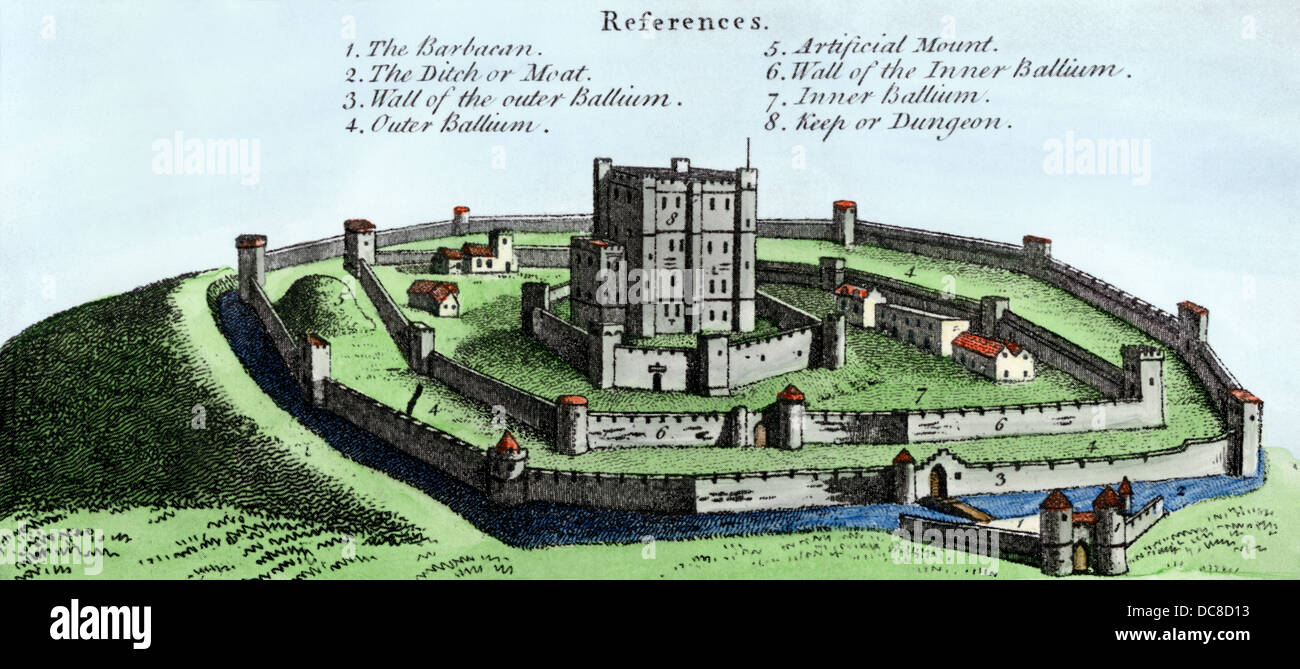



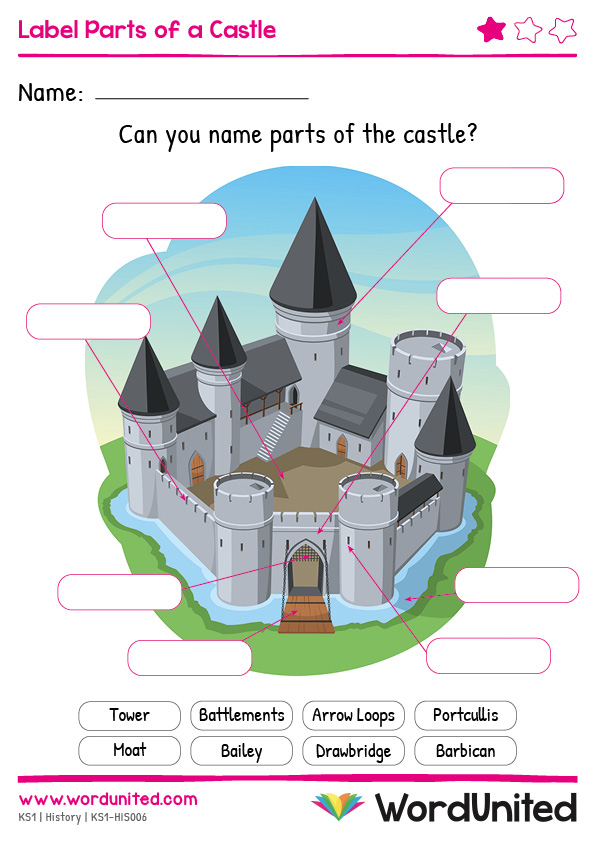











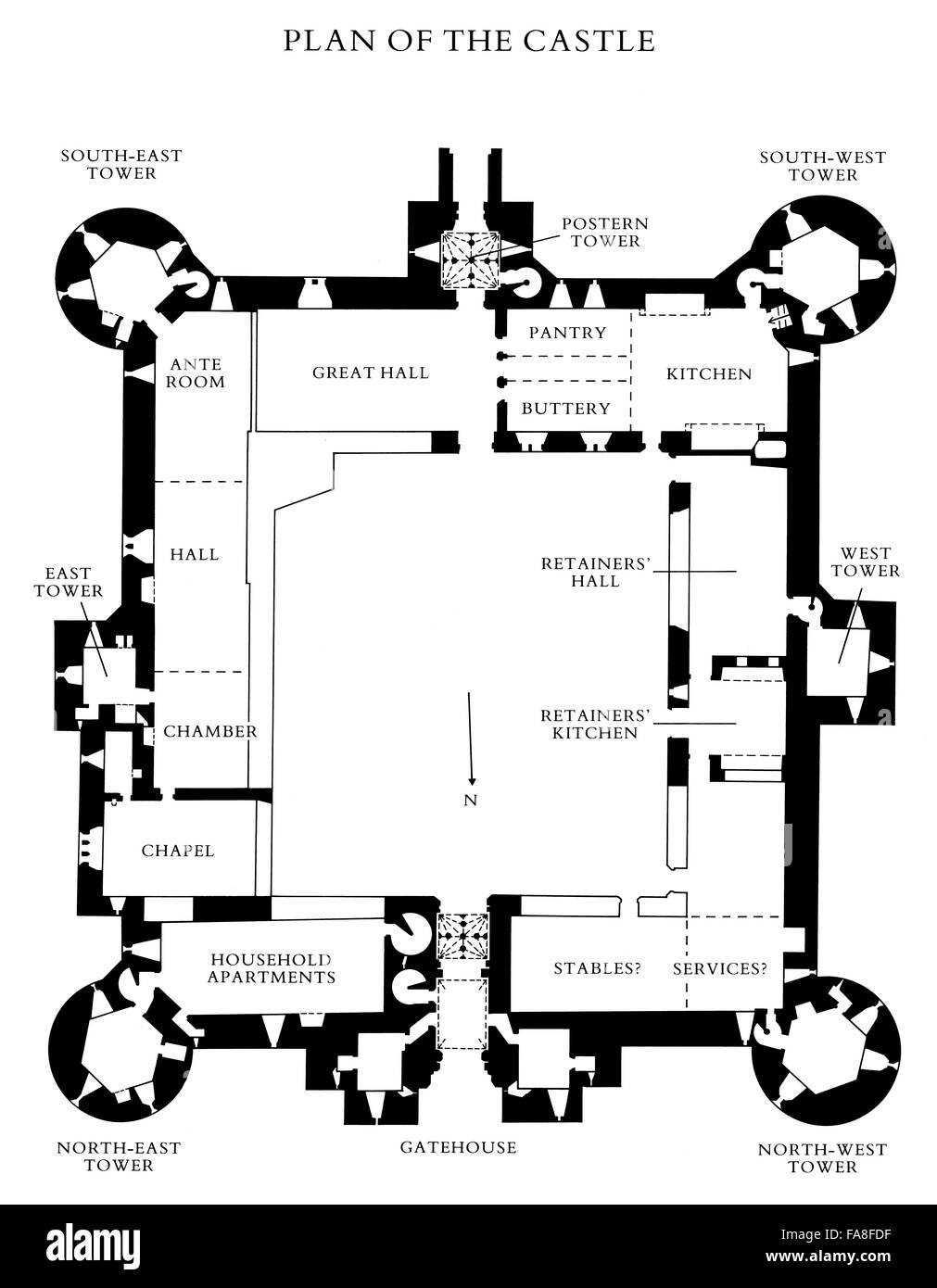
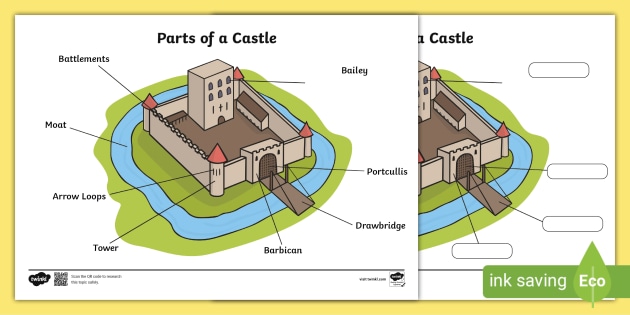

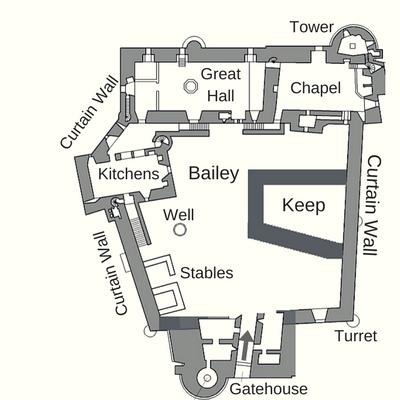
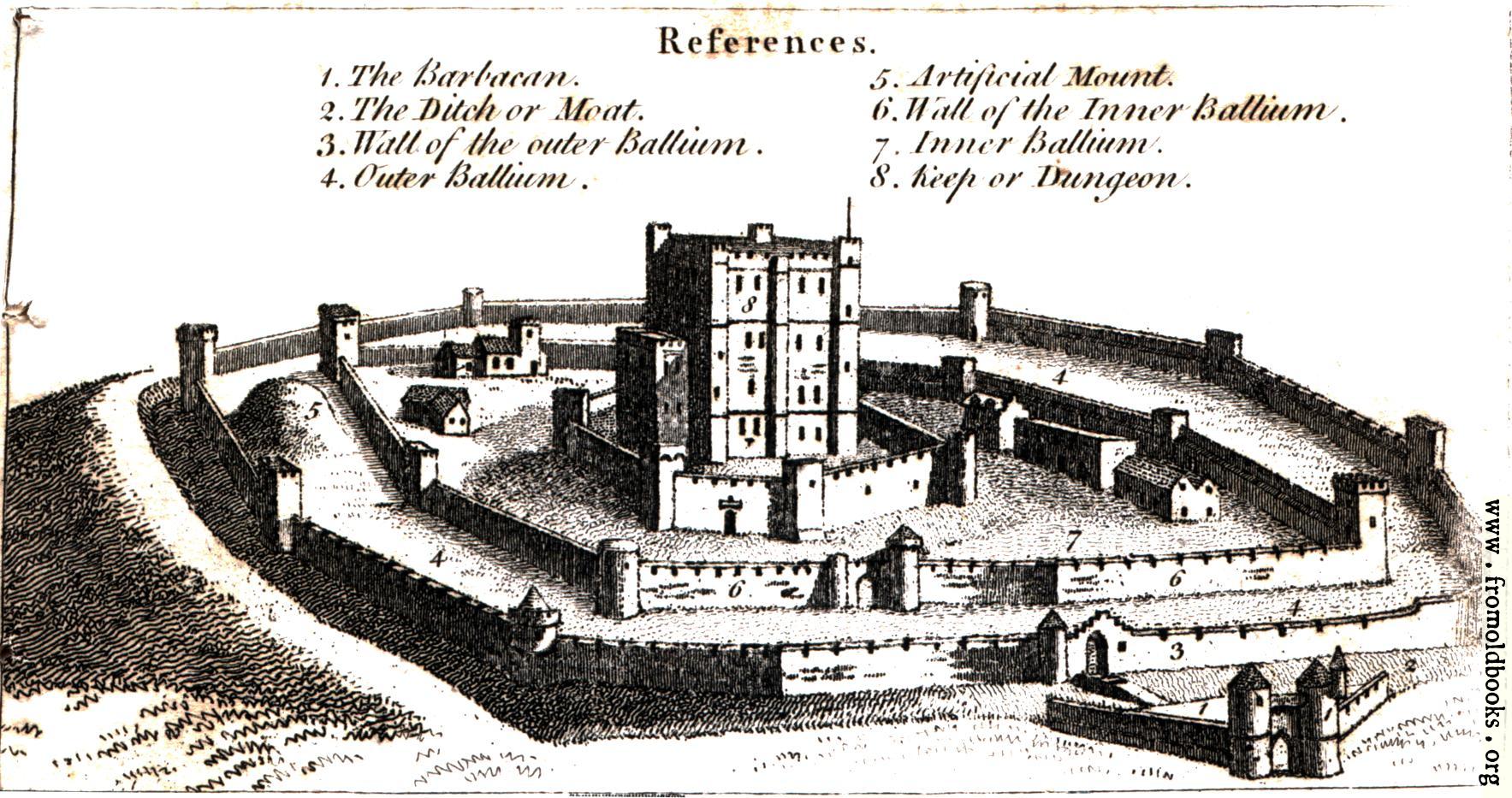
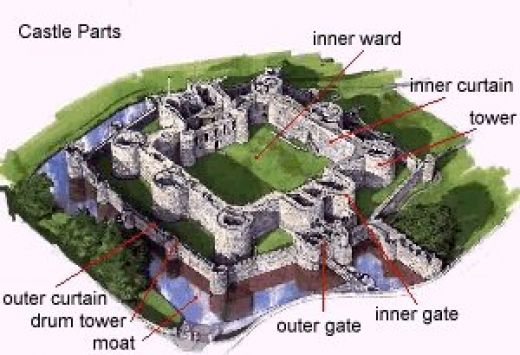

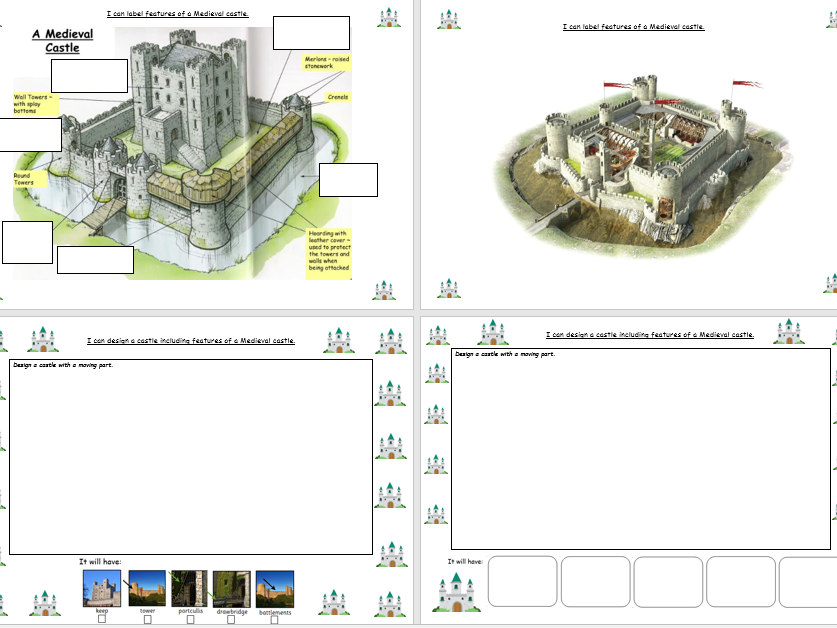

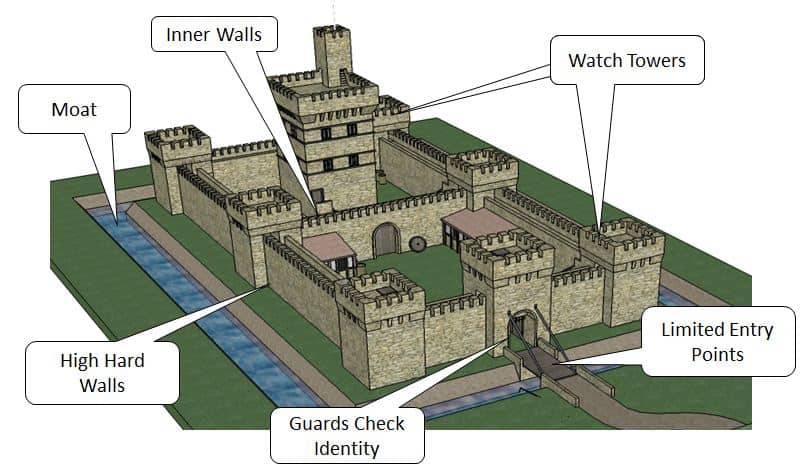



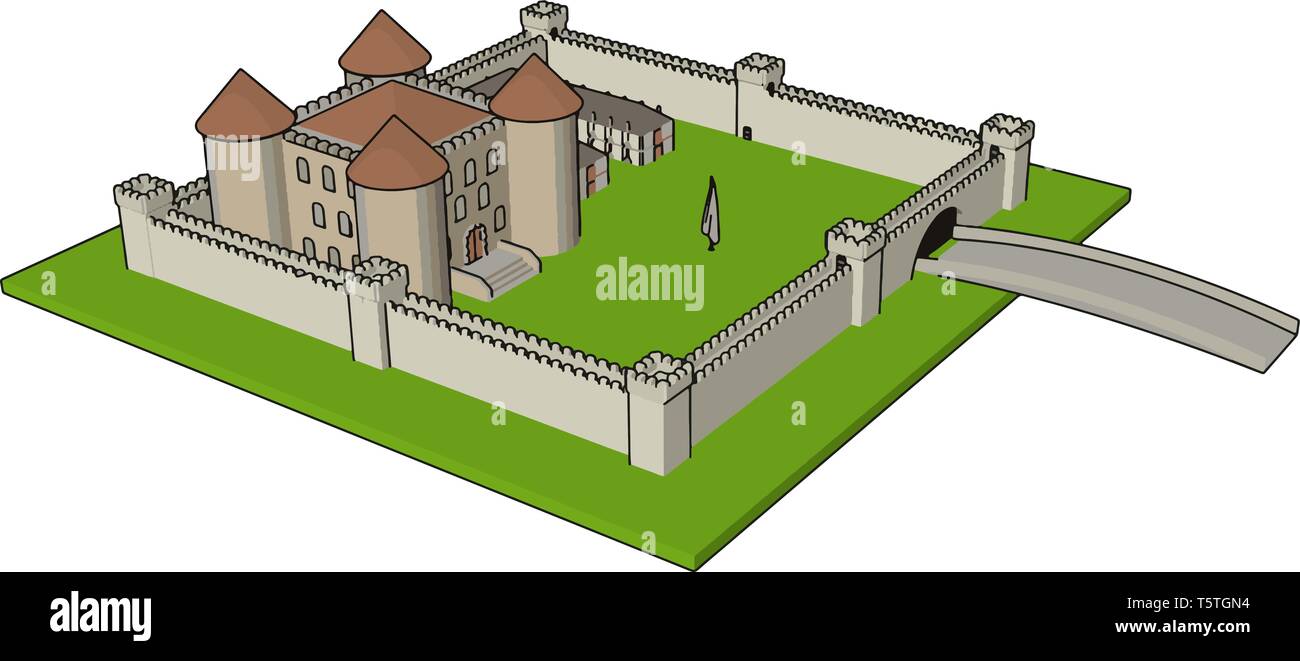


Post a Comment for "41 diagram of a castle"